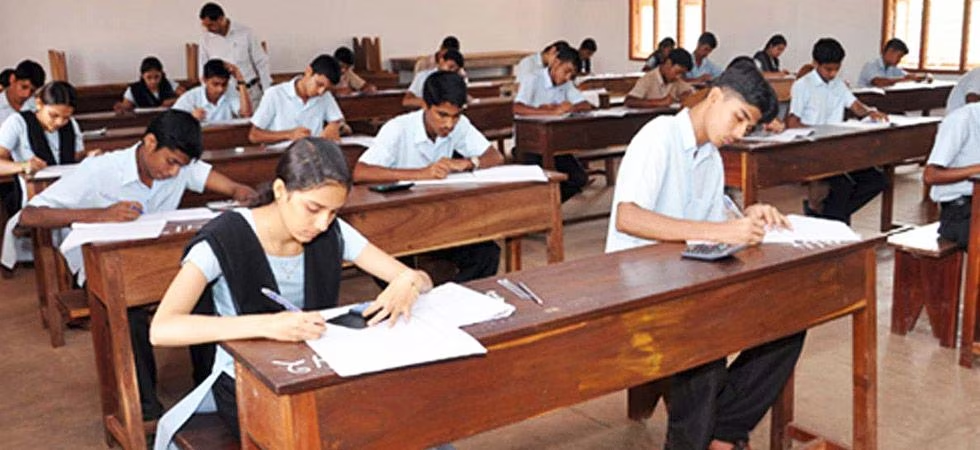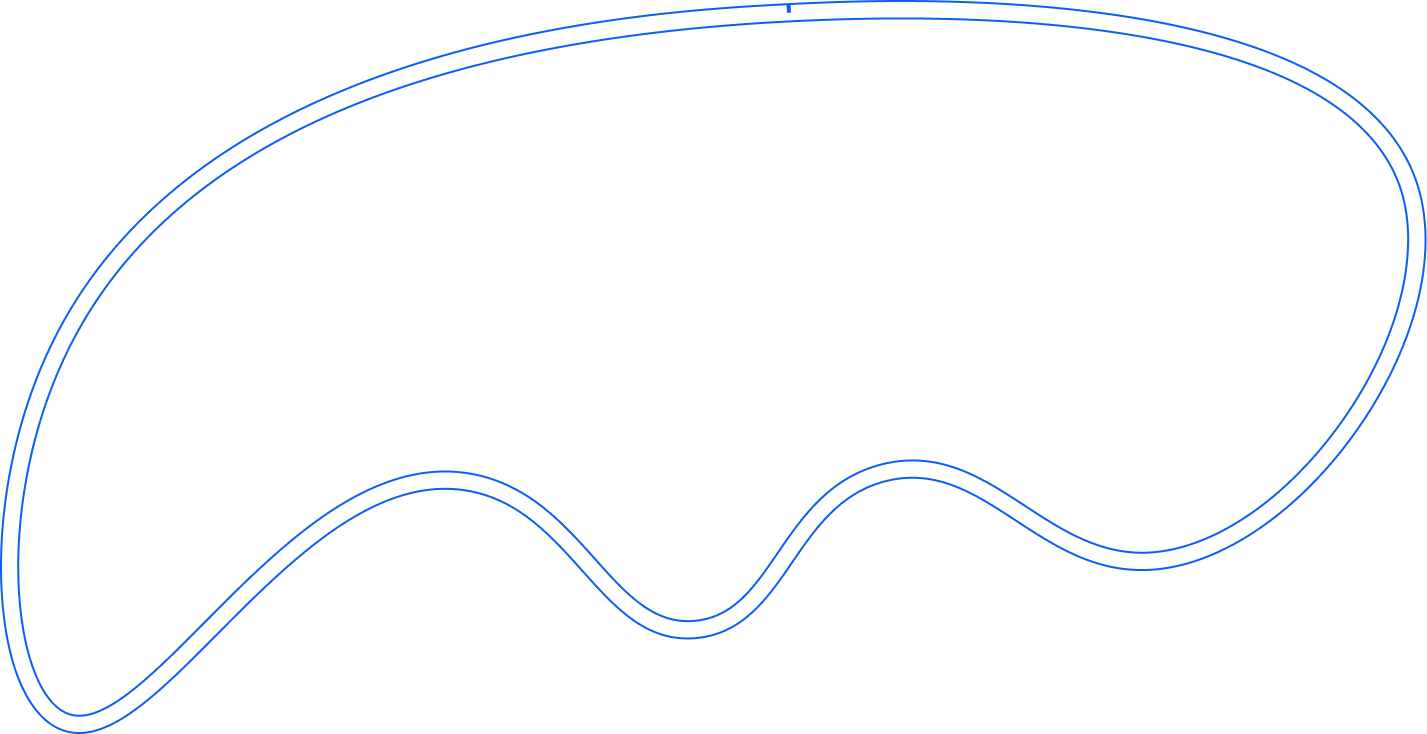Welcome to our comprehensive guide on the CBSE (Central Board of Secondary Education) and SSC (Secondary School Certificate) curricula. Whether you're a student, parent, or educator, understanding the differences and benefits of these educational systems can help in making an informed choice for academic success.

The CBSE curriculum is a national-level syllabus followed by many schools across India and abroad. It is designed to provide students with a structured
and holistic education, focusing on conceptual clarity and practical knowledge.
Follows NCERT (National Council of Educational Research and Training) guidelines.
Primarily taught in English, but includes regional languages as additional subjects.
Emphasizes science, mathematics, and application-based learning.
Aligned with major exams like JEE, NEET, and UPSC.
Includes CCE (Continuous and Comprehensive Evaluation) for assessing students beyond academics.
English, Mathematics, Environmental Studies, Languages, Arts & Physical Education.
Science, Social Science, Mathematics, Languages, Computer Science, and Life Skills.
Core subjects including Mathematics, Science (Physics, Chemistry, Biology), Social Science, English, and elective subjects.
Stream-based education in Science, Commerce, or Humanities with specialization subjects.

Admissions Open! Empowering young minds through knowledge, creativity, and values.


The SSC (Secondary School Certificate) curriculum is a state-level board syllabus that varies across different states in India. It primarily follows a regional education approach with syllabus adaptations suited to state-level needs.

Admissions Open! Join Rajinikanth Reddy School for a world-class education that nurtures academic excellence, creativity, and character.
Enroll today and shape a bright future for your child!
Basic subjects including Language, Mathematics, Environmental Studies, and Moral Science.
Introduction to core subjects like Science, Social Studies, and Computer Education.
Emphasizes Mathematics, Science, Social Studies, English, and regional languages.
Stream-based education with specialization in Science, Commerce, or Arts.